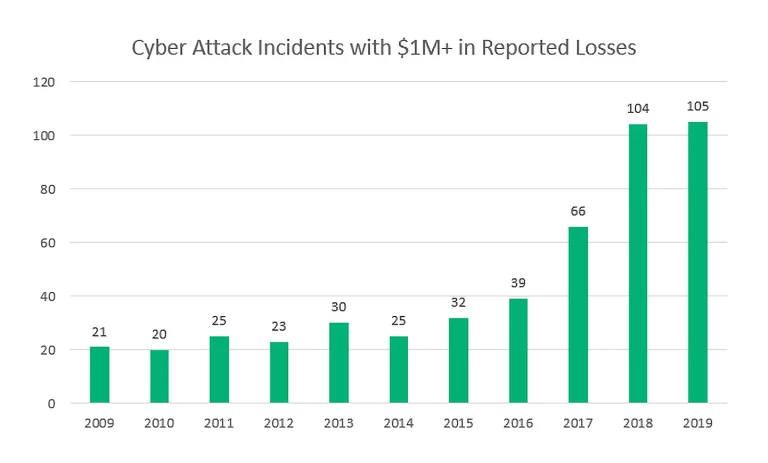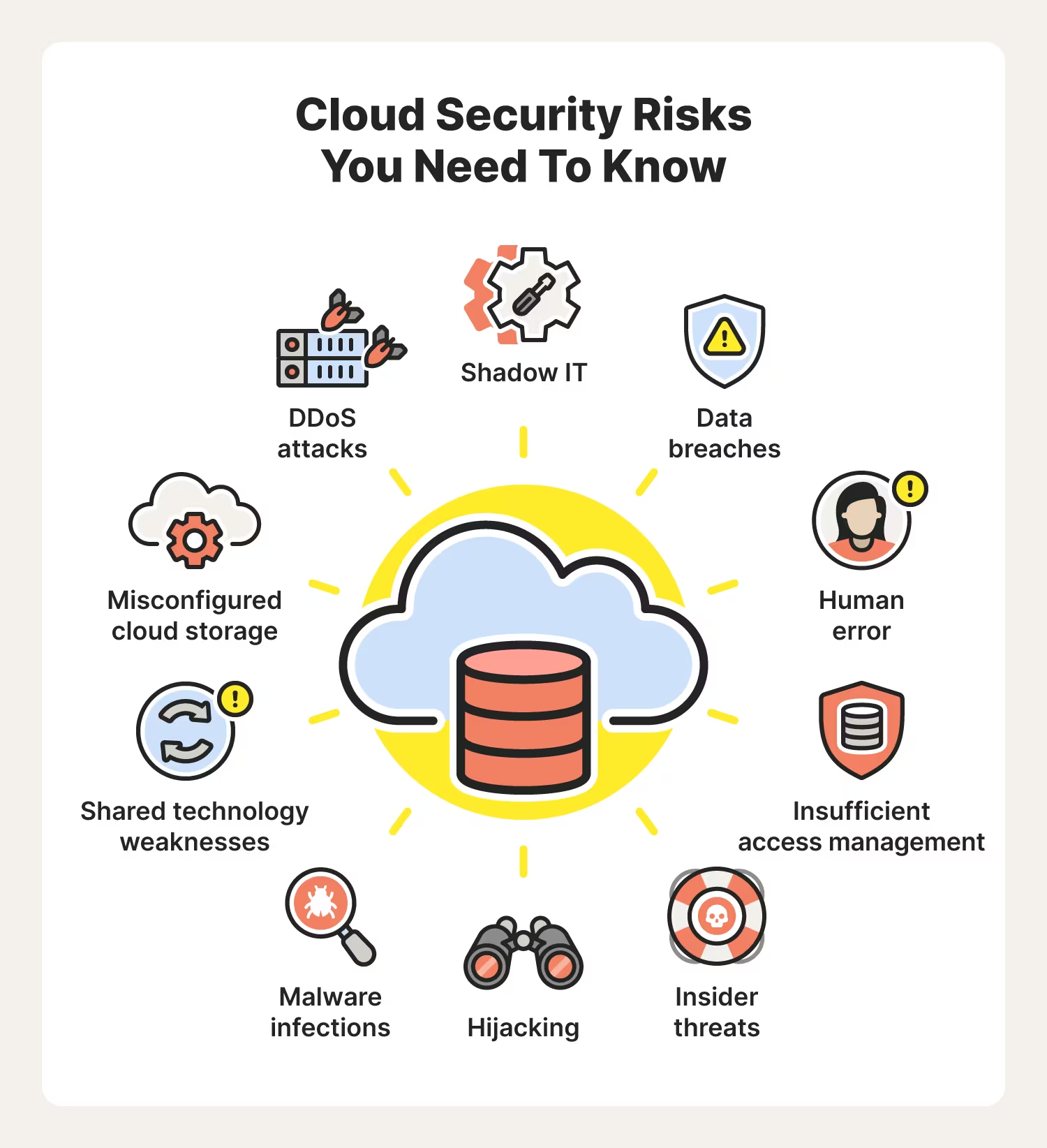The world of IT departments changed seemingly overnight in March of 2020. Their organizations didn’t need them to go to a worker’s office to fix an old-school desktop computer. Their role had changed to troubleshooting, and so much more, from afar.
At the start of the pandemic, employees made the sudden leap to remote work. They were on a steep learning curve to learn about working in the cloud and how to conduct a video call. Cybersecurity moved beyond the office walls to the much more vulnerable environment of people’s homes. There is a need for IT now more than ever as companies adapt to the new world of work.
The Rise of Remote(ish) and Cloud Work
It’s no surprise that remote and hybrid work environments are here to stay. Pre-pandemic Americans spent 5% of their working time at home but by the spring of 2020 the figure leaped up to 60%. Companies are seeing real benefits including the need for less office space, improved employee satisfaction, and an increase in productivity.
And those businesses that don’t offer remote work are seeing their talent moving on to companies that will meet their new needs. More than half (54%). of employees globally say they would consider leaving their job post-pandemic if their companies don’t give them some form of flexibility in where and when they work.
There needed to be an immediate adaption of in-office work to out-of-office work. Companies had to reassess their operations in a short window of time. This was especially true around the area of communications as meetings moved to virtual, messenger apps became the norm, and new routines were formed around how and when there is interaction among employees. The solution for most organizations was to implement cloud-based programs to address the needs of a modern workplace.
The Ups and Downs of Cloud Implementation
Cloud applications and services are what make a remote worker tick. The needs can range from file sharing and data storage to SaaS and cybersecurity. It is anticipated that PaaS services will grow by a higher margin than SaaS services as remote workers demand access to high-performing, content-rich, and scalable infrastructure.
Investing in the right IT has become the best way for businesses to support a remote workforce. And that need will continue into the future as almost 70% of organizations who are using cloud services today plan to increase their cloud spending in the wake of COVID-19.
All those software changes and investments also mean a new normal for hardware. Companies are seeing less of a need for hardware on-site or a COPE approach, but there has been an increase in BYOD hardware to support. 71% of companies are more accepting of employees using personal devices for remote work. It is beneficial for employees to operate devices they are familiar with… until there’s a problem that they don’t recognize. Devices can vary widely and IT isn’t always savvy about the in’s and out’s of all BYOD.
Balancing the Demands of Cloud Computing with Human Error
IT professionals know they must provide cloud services to meet the needs of today’s workforce. But they also know they must balance them with the risks that are involved. Cloud brings a string of concerns related to security especially when it is in the hands of amateur employees in the seclusion of their homes. With less supervision from IT, 47% of individuals are falling for a phishing scam while working at home.
These are some considerations to account for as you scale your cloud technology:
- Make sure you have a cloud access security broker (CASB) solution for your organization. If not, you should at least have multi-factor authentication in place.
- Discourage password sharing since some businesses promote password sharing among teammates to reduce costs on SaaS programs that limit the number of users.
- Except for BYOD, draw a line between employees’ use of devices for their personal and work activities so there is no overlap.
- Keep two-way communication with employees about cybersecurity threats to the cloud, such as phishing scams, and ask them to share with you about anything suspicious.
- Work closely with HR to orient new employees about IT policies and procedures as it relates to remote and hybrid work.


